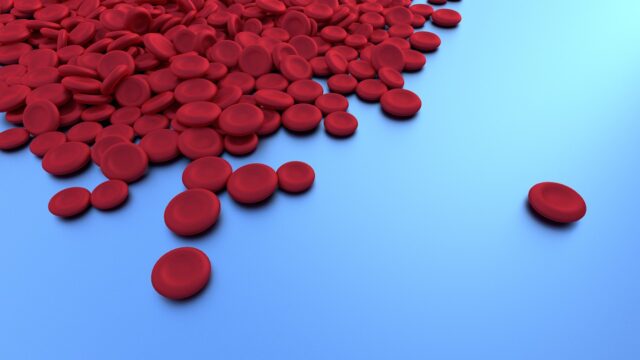
Having a healthy level of haemoglobin is crucial for maintaining optimal overall health. Haemoglobin is a protein in our red blood cells that carries oxygen from the lungs to the rest of the body. If your haemoglobin levels are low, you may experience symptoms like fatigue, weakness, and shortness of breath.
While there are supplements available to increase haemoglobin levels, it’s always best to focus on natural ways to boost your levels. One of the most effective ways to do this is through your diet. By incorporating certain foods into your meals, you can naturally increase your haemoglobin levels and promote better overall health.
1. Spinach
Popeye had it right with his love for spinach! This leafy green vegetable is packed with iron, folate, and vitamin C. Iron is essential for haemoglobin production, while folate and vitamin C help in its absorption. Add spinach to your salads, smoothies, or sauté it as a side dish to reap its benefits.
2. Beetroot
Beetroot is not only vibrant and delicious but also a great source of iron, folic acid, and antioxidants. Its natural red pigment comes from the compound called betacyanin, which supports the production of haemoglobin. You can enjoy it in salads, juices, or even roasted as a side dish.
3. Lentils
Lentils are a fantastic plant-based source of iron, protein, and fiber. They are not only affordable but also easy to cook and versatile in recipes. Incorporate lentils into your soups, stews, or salads for a nutrient-rich meal that promotes healthy haemoglobin levels.
4. Pomegranates
Pomegranates are not only delicious but also rich in iron, vitamin C, and antioxidants. The vitamin C in pomegranates enhances iron absorption, making it an ideal fruit for boosting haemoglobin levels. Enjoy the juicy seeds as a snack, sprinkle them on salads, or blend them into a refreshing smoothie.
5. Eggs
Eggs are a powerhouse of nutrients, including iron, vitamin B12, and folate. Consuming eggs regularly can help increase your haemoglobin levels and provide you with a good dose of protein. Enjoy them boiled, scrambled, or as an ingredient in your favorite recipes.
6. Nuts and Seeds
Almonds, pumpkin seeds, and sunflower seeds are excellent sources of iron and other essential minerals. Snack on a handful of these nuts and seeds to give your haemoglobin levels a natural boost. You can also sprinkle them on salads, yogurt, or incorporate them into your baking recipes.
7. Citrus Fruits
Citrus fruits like oranges, lemons, and grapefruits are not only refreshing but also rich in vitamin C. Vitamin C aids in the absorption of iron and helps your body utilize it effectively. Squeeze some fresh citrus juice into your water, enjoy a fruit salad, or simply snack on these fruits for a haemoglobin-boosting treat.
8. Red Meat
Red meat, such as beef and lamb, is a great source of heme iron, which is easily absorbed by the body. However, it’s important to consume red meat in moderation and opt for lean cuts to avoid excessive saturated fat intake. Include red meat in your diet a few times a week to support healthy haemoglobin levels.
9. Dark Chocolate
Yes, you read that right! Dark chocolate, particularly the one with a high cocoa content (70% or more), is a surprising source of iron. Indulge in a small piece of dark chocolate as an occasional treat to give your haemoglobin levels a delicious boost.
10. Fortified Cereals
Many breakfast cereals are fortified with iron and other essential vitamins and minerals. Check the labels and choose cereals that provide a significant amount of iron. Pair them with milk or yogurt for a wholesome breakfast that supports healthy haemoglobin production.
In Conclusion
Remember, while these foods can help boost your haemoglobin levels, it’s essential to maintain a balanced diet and consult with a healthcare professional for personalized advice. By incorporating these haemoglobin-boosting foods into your meals, you can naturally support your overall health and well-being.












